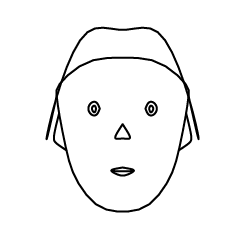You can always count on the site for updates on visualization, data, and statistics. There’s also RSS and email. But someone told me you should meet the people where they are, so here are the other places you can find FD.
Instagram — Visual. More common to post less frequently. I have a feeling this might be where I end up in my social media travels.
X/Twitter — There was a time when I had a Twitter app open all the time while I wrote my books and dissertation. It was a fun place for ideas and to share things. It’s in a weird place now, and it doesn’t seem to be getting better. So I’m still around, for now.
LinkedIn — Whoa. I have no idea what I’m doing in this career-focused place. But every couple of weeks someone posts one of my projects as their own and it gets thousands of interactions, so here I am.
YouTube — I animate data sometimes that works better in video format.
Reddit — The visualization-centric Subreddits can be overly critical and seem to have a high ratio of armchair chart experts. But I also want to know who took the flowingdata username and never posted many years ago. (It might have been me.)
Bluesky — As Twitter alternatives go, this might be it. I’m not sure if I want an alternative though.
Threads — Or maybe this? I don’t know it’s too much.
Mastodon — I’m here. It doesn’t seem like it’s for me. It took me three tries to spell mastodon correctly.
Facebook — Kind of. There’s been an FD page for years but I often forget it exists.
Social media is at a crossroads, so I’m kicking the tires on everything at this point. See you there.


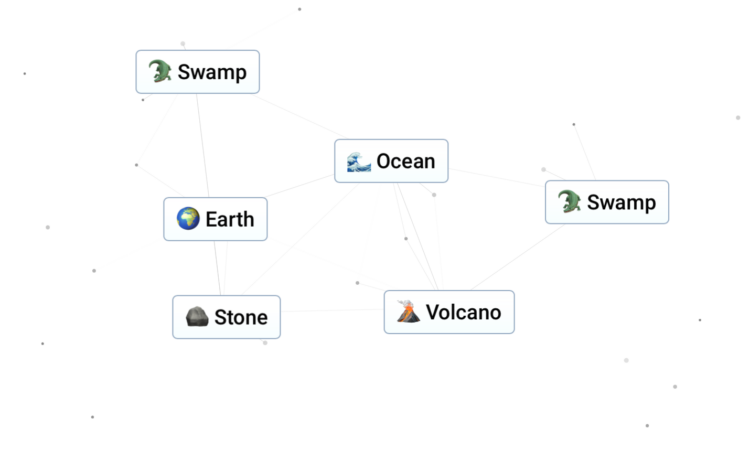
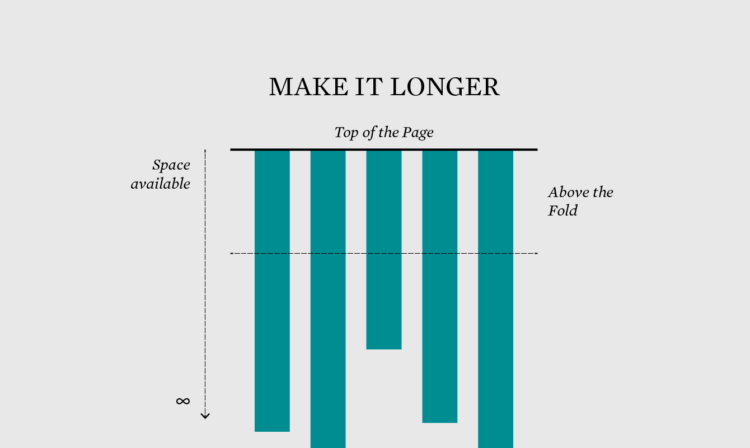

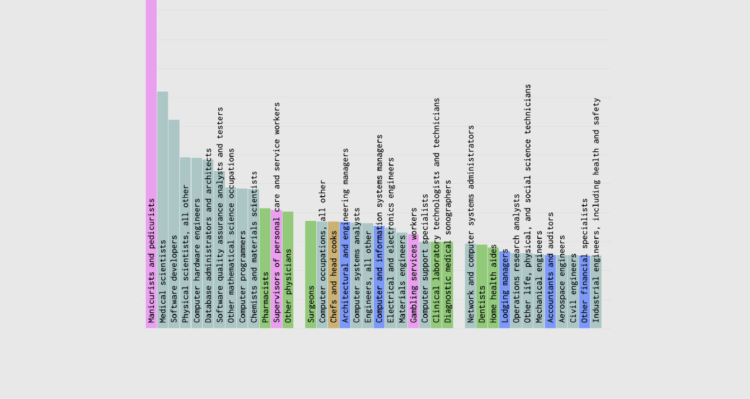
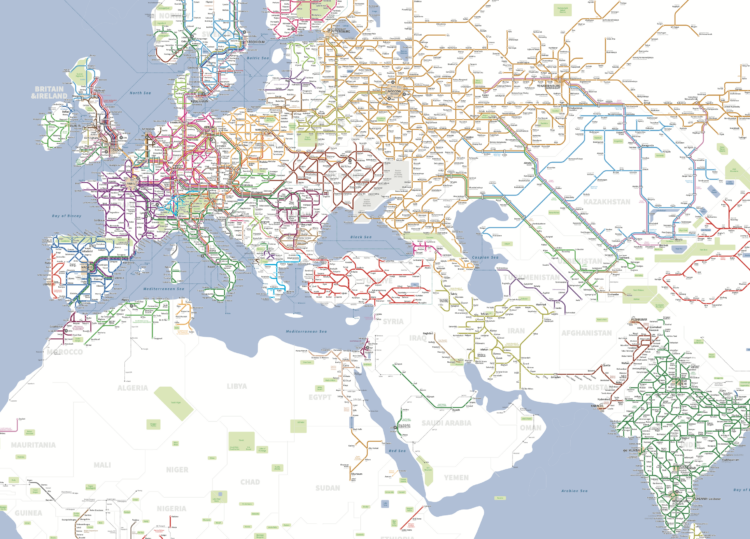

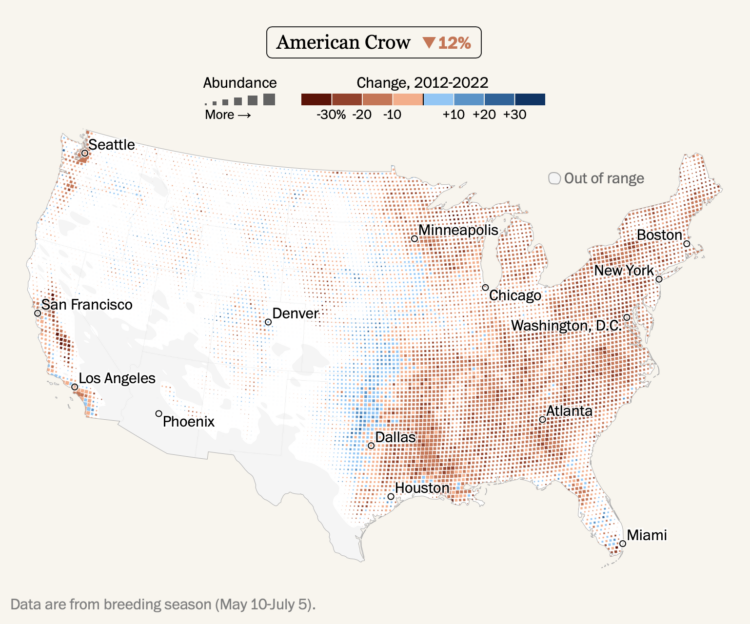



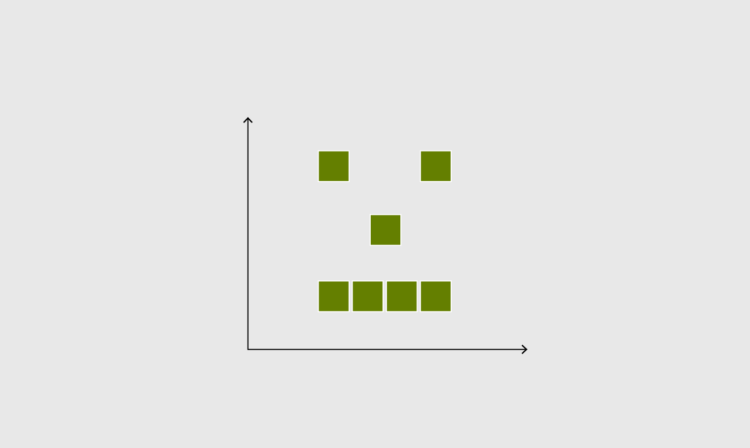
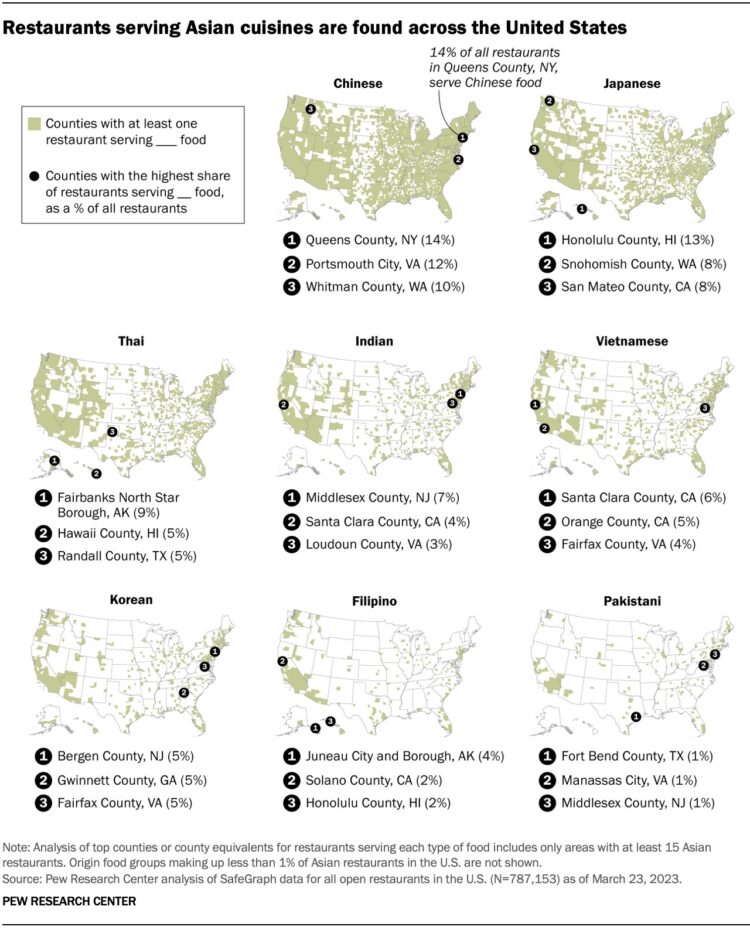
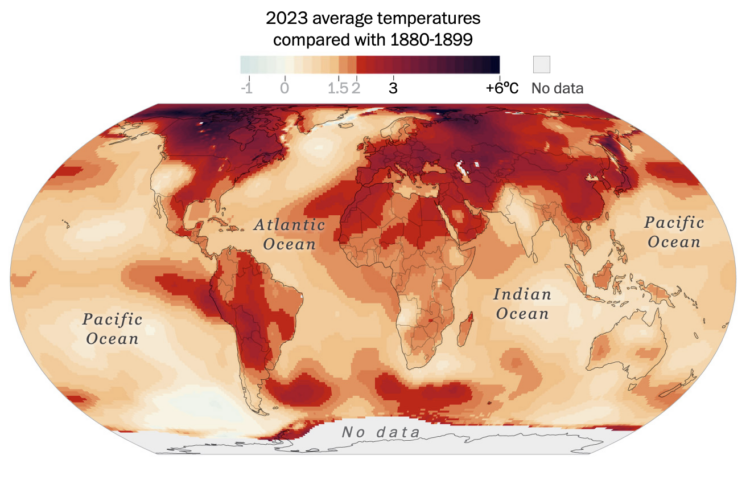
 Visualize This: The FlowingData Guide to Design, Visualization, and Statistics (2nd Edition)
Visualize This: The FlowingData Guide to Design, Visualization, and Statistics (2nd Edition)



